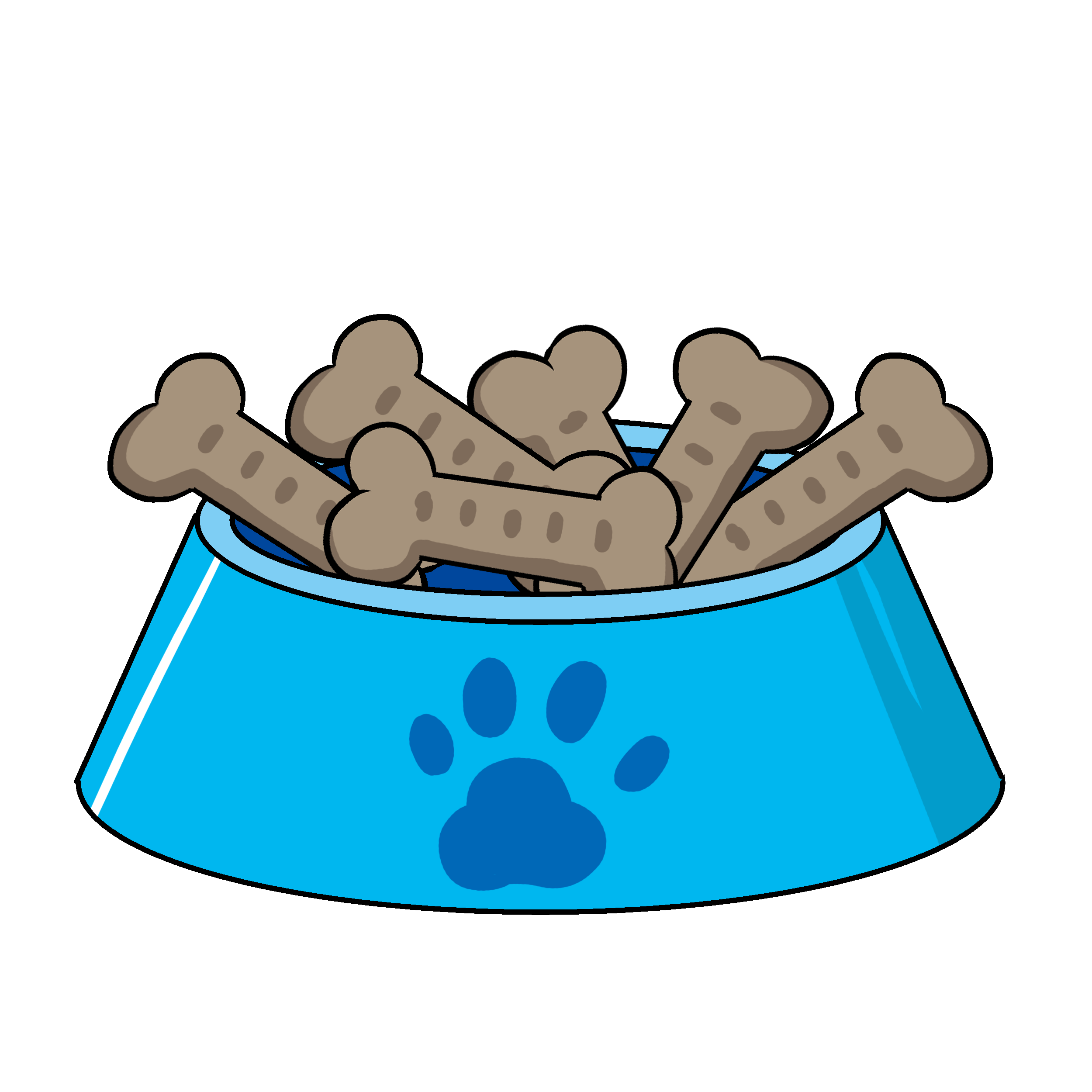Hermit Crab Molting
Unraveling the Mystery of Hermit Crab Molting: Signs and Care Tips
Molting is a crucial and fascinating process in the life of hermit crabs. It’s when these small creatures shed their old exoskeleton to grow a new one, allowing them to continue thriving in their environment. For hermit crab owners, understanding the signs of molting and knowing how to properly care for your crab during this delicate process can make a significant difference in their health and well-being.
While molting is a natural and necessary process, it can also be a bit of a mystery for pet owners. In this guide, we will break down the molting process, its signs, and the best care tips to support your hermit crab through this essential phase of its life.
What Is Molting in Hermit Crabs?
Molting, also called ecdysis, is when hermit crabs shed their old exoskeleton to make room for a larger one. This process is vital for the crab’s growth, as their exoskeleton doesn’t stretch as they grow. Without shedding, a hermit crab cannot increase in size and would eventually outgrow its shell.
Molting can take anywhere from a few weeks to several months, depending on the age, health, and species of the hermit crab. During this time, the crab is vulnerable and requires extra care and attention.
Signs Your Hermit Crab Is About to Molt
1. Behavioral Changes
Before molting, hermit crabs often exhibit noticeable behavioral changes. These can include:
- Increased burrowing: Hermit crabs often dig themselves into the substrate of their tank before molting. They seek out a safe and quiet place to undergo the process.
- Reduced activity: Your hermit crab may become less active and retreat to a dark corner of the tank, especially if it is a species that prefers privacy.
- Disinterest in food: A hermit crab preparing to molt may lose interest in eating, as its energy is focused on the upcoming process of shedding.
2. Appearance Changes
- Darker coloration: Some hermit crabs become darker or more translucent before they molt, which is an indication that their old exoskeleton is loosening.
- Swollen abdomen: In the days leading up to molting, a hermit crab’s abdomen may swell as it prepares to shed its outer shell.
3. Shell Behavior
- Shell changes: If your hermit crab has been switching shells frequently before molting, this may indicate that it is preparing for the process. The crab will look for a shell that fits it perfectly after shedding its old exoskeleton.
The Molting Process: What to Expect
1. The Shedding Phase
When your hermit crab begins to molt, it will dig into the substrate of its tank and stay there for the duration of the process. The actual shedding of the exoskeleton is usually a slow process and can take several hours or even days. During this time, your crab will remain hidden from view, and you may notice that it doesn’t emerge for a long period.
2. Post-Molt Recovery
Once the molt is complete, the hermit crab will remain inside its shell for a few days to allow its new exoskeleton to harden. During this recovery period, your hermit crab may appear soft and vulnerable, and it might not move around much. It’s crucial not to disturb your hermit crab during this time, as it needs a quiet and stress-free environment to regain strength.
How to Care for a Molting Hermit Crab
1. Provide the Right Environment
Creating an environment that mimics the crab’s natural habitat is essential during the molting process. Some key factors to keep in mind include:
- Moisture levels: Hermit crabs require high humidity to molt successfully. Keep the humidity in their enclosure between 70-80%. You can achieve this by misting the tank and adding a shallow dish of water.
- Temperature control: Maintain a temperature range of 72-80°F (22-27°C). A stable and consistent temperature will help your hermit crab’s body function properly during this vulnerable time.
- Substrate depth: Provide enough substrate (such as coconut fiber or sand) for your hermit crab to burrow into. This gives it a secure space for molting and will help keep it safe from stress or injury.
2. Leave Your Hermit Crab Alone
During molting, hermit crabs are highly sensitive and vulnerable. It’s important not to disturb them, as this can cause unnecessary stress. Avoid handling or checking on your hermit crab too frequently during this time.
3. Provide Fresh Water and Food
While your hermit crab may not eat or drink during the molting process, it’s still important to ensure fresh water is available. After it finishes molting, it may need to hydrate and recover before resuming regular feeding. Place some fresh food (such as fruits, vegetables, and protein sources) nearby for when your crab is ready to eat.
4. Watch for Signs of Complications
If your hermit crab does not emerge from molting after several weeks or if its behavior seems unusual, it could be a sign of a problem. This could indicate an incomplete molt, infection, or other health issues. In such cases, it’s best to consult a veterinarian who specializes in exotic pets.
The Aftermath: What to Expect After Molting
After a successful molt, your hermit crab will slowly begin to resume its normal activities. It may spend time exploring, eating, and drinking as it regains its energy. You might also notice that it has grown larger and may even switch to a new shell to accommodate its newfound size.
Molting is a critical phase in the life cycle of hermit crabs, and with the right care and attention, your pet can emerge from it healthier and stronger.
Conclusion: Supporting Your Hermit Crab Through Molting
Understanding the molting process and knowing how to care for your hermit crab during this vulnerable period is key to ensuring a successful molt and overall well-being. By providing the right environment, minimizing stress, and offering fresh food and water, you can help your hermit crab thrive and continue to grow.
Patience and observation are vital as you guide your hermit crab through this natural process. If you notice any signs of trouble or your pet seems to struggle during its molt, don’t hesitate to seek professional help from an exotic pet vet.
 Get THE BEST Pet Supplements Here…
Get THE BEST Pet Supplements Here…
 Click HERE To Read More…
Click HERE To Read More… Learn Cat Language NOW…
Learn Cat Language NOW… CLICK Here To Become A Dog Trainer…
CLICK Here To Become A Dog Trainer… Click Here To Get THE BEST Probiotic For Pets…
Click Here To Get THE BEST Probiotic For Pets…
Leave a Reply